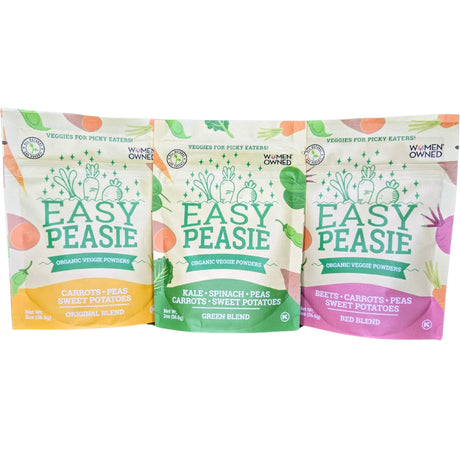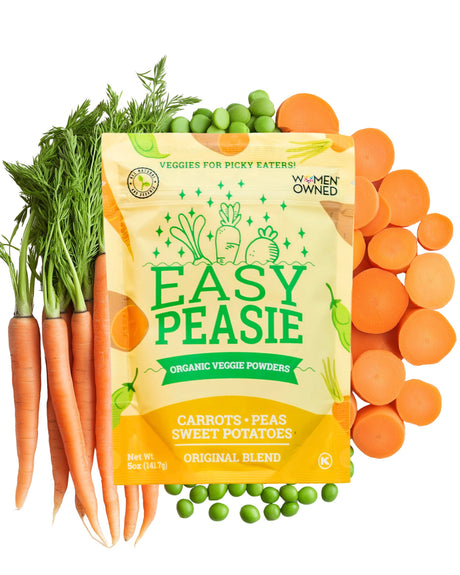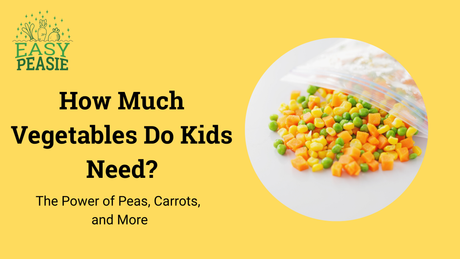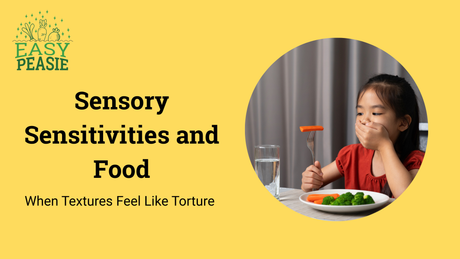Welcome to the pivotal chapter in your child’s development—potty training! This essential milestone is more than just a transition from diapers; it's a significant leap towards independence. However, the path to a diaper-free life isn't without its hurdles.
For many parents and guardians, potty training can introduce a spectrum of stressors, from timing issues to resistance, each bringing its own set of challenges.
Understanding the journey's importance is key. Successfully navigating potty training not only promotes your child's physical skills but also enhances their confidence and self-esteem.
As daunting as it might seem, the process is packed with opportunities for bonding and growth.
Our goal here is to unpack these challenges, easing the stress with proven strategies that make potty training a positive experience for both you and your little one. Let’s dive into making this developmental milestone as joyful and stress-free as possible!
Understanding Potty Training: More Than Just a Milestone
What is Potty Training?
Potty training, or toilet training, is the process of teaching a young child to use the toilet for urination and defecation. This developmental milestone is a major step towards independence, teaching children body awareness, and control. It’s a journey that varies greatly from one child to another, but it always culminates in a significant leap towards self-sufficiency.
When to Start Potty Training?
The typical age for potty training can vary widely, generally starting anywhere from 18 months to three years. The key is less about age and more about readiness. Signs that your child might be ready include staying dry for longer periods, showing interest in the bathroom habits of others, and being able to follow simple instructions.
Recognizing these signs can help you introduce potty training at a time when your child is most likely to succeed, reducing frustration for both of you.
This understanding sets the stage for a successful training process, aligned with your child's personal development and readiness, ensuring the transition from diapers to potty is as smooth as possible.
Preparing for Potty Training: Setting the Stage for Success
Creating the Right Environment
Potty training starts with setting up the right environment that makes your child feel comfortable and secure. Choosing the right potty is crucial—opt for one that is stable and the right size for your child. Place it in a location that is easily accessible for your little one, and consider where you might need more than one potty stationed in the house for convenience.
Equip the area with necessary tools like toddler-friendly toilet paper, wipes, and perhaps a step stool to reach a standard toilet if you’re not using a child-sized potty.
Introducing Potty Training
Introducing your child to potty training should be a fun and stress-free experience. Begin by explaining what the potty is for in simple, positive terms. Books and videos about potty training can be great resources to make the concept more relatable.
Let them watch and learn from siblings or play interactive games that make the concept of using a potty engaging. Remember, the goal is to make them interested and excited about this new step, turning it into an adventure rather than a chore.
By thoughtfully setting up your home and carefully introducing the concept, you create a supportive space that encourages your child’s comfort with and enthusiasm for potty training. This preparation is key to a smoother and more effective potty training experience.
Core Strategies for Potty Training
Establishing a Routine
Consistency is key when it comes to potty training. Develop a routine that's easy for your child to anticipate and follow. This might include regular trips to the potty, especially after meals or before bedtime.
Make these visits routine, even if your child insists they do not need to go. Over time, this routine helps them build the habit and the understanding of regular intervals for using the potty.
Positive Reinforcement
Positive reinforcement can significantly enhance the potty training experience. Celebrate successes with plenty of praise, claps, or even a small reward system like stickers or extra bedtime stories.
These rewards should reinforce positive behavior and make the learning process enjoyable. Ensure that the rewards are immediate and consistent, directly linking the positive reinforcement to the potty successes.
Handling Accidents Gracefully
Accidents are an inevitable part of potty training and should be handled without frustration or anger. When accidents happen, reassure your child that it's okay and just part of the learning process. Clean up together calmly, and remind them gently where pee and poop should go.
This approach helps maintain their confidence and keeps the training on a positive track.
Nighttime Training
Nighttime dryness often comes after daytime potty success and can take longer to achieve. Prepare by using waterproof mattress protectors and keeping a night light on to make it easy for your child to get to the potty. Reduce liquid intake before bed and ensure your child uses the bathroom as part of their bedtime routine. Be patient—achieving nighttime dryness varies greatly among children and may require additional months or even years.
These core strategies form the backbone of effective potty training. By sticking to a routine, using positive reinforcement effectively, handling accidents calmly, and carefully approaching nighttime training, you set the stage for a smoother and quicker potty training experience.
Common Challenges and Solutions in Potty Training
Dealing with Refusal
It's not uncommon for children to refuse to use the potty during the initial stages of training.
If your child shows resistance, take a step back and consider if they're truly ready. Pressuring them can lead to more resistance. Instead, take a break and reintroduce the potty after a week or two, ensuring the experience remains positive and non-confrontational. Sometimes, letting them choose their own potty or reading books about potty training can also help spark interest.
Handling Regression
Regression is a normal part of many developmental processes, including potty training. It can be triggered by changes in routine, stress, or even developmental leaps. If your child starts having accidents after being successfully potty trained, reaffirm the routine and increase the frequency of potty visits.
Keep calm and avoid showing disappointment; instead, offer support and remind them that mistakes happen. Consistency and reassurance from you will help them get back on track.
Overcoming Fear and Anxiety
Fear and anxiety can often accompany potty training, especially fear of the flush's noise or falling into the toilet. To help alleviate these fears, let your child flush the toilet to see it's nothing to be scared of and use a potty chair to start with before transitioning to the toilet.
Acknowledge their fear and reassure them that they are safe. Involving them in playful activities related to potty training, like reading fun books about it or playing with a toy toilet, can also help reduce anxiety.
These challenges may seem daunting, but they are surmountable with patience, understanding, and a tailored approach. By addressing each issue constructively, you can help your child move past these hurdles and embrace potty training as a positive step towards independence.
Tools and Resources for Effective Potty Training
Educational Tools and Books
Potty training can be more engaging and less daunting for both parents and children with the right resources. Consider incorporating books that are designed to make the process fun and relatable. Titles like Once Upon a Potty and Potty by Leslie Patricelli are excellent for toddlers, as they mix humor with practical advice.
Choosing the Right Training Pants
Transitioning from diapers to training pants is a significant step in potty training. Training pants, unlike regular diapers, are designed to let your child feel dampness while still preventing major leaks, thus encouraging them to use the potty.
Compare different brands and types to find the one that offers the best comfort and leak protection for your child. Transition to underwear when your child starts staying dry consistently during the day, which is often seen as a sign they're mastering potty training.
These tools and resources can provide the necessary support to make potty training a more positive experience. By integrating educational tools and choosing the right products, you can help your child gain the confidence they need to succeed in potty training.
Expert Advice and Parental Wisdom on Potty Training
Expert Guidance on Best Practices
Childcare experts often emphasize the importance of patience and consistency in potty training. Making the process a positive experience, rather than a stressful ordeal, is key. Experts recommend using gentle encouragement rather than force, and they advise parents to look for signs of readiness in their child before beginning potty training to ensure the process aligns with the child’s developmental stage.
Success Stories from Parents
Many parents find sharing their potty training journeys helpful, offering a treasure trove of tried-and-tested tips. One common piece of advice is to lead by example or involve older siblings in the process, as younger children often emulate their behaviors.
Another tip is to celebrate successes with small rewards or enthusiastic praise to reinforce positive outcomes. Stories from parents often highlight the importance of not rushing the process and being ready to accept that accidents are just part of learning.
Gathering advice from experts and hearing success stories from other parents can provide valuable insights and reassurance. These shared experiences not only offer practical strategies but also help normalize the challenges of potty training, making the journey smoother for both parents and children.
Wrapping Up the Potty Training Journey
We’ve explored a range of strategies to help make potty training as smooth as possible. From setting up a conducive environment to embracing a routine that suits your child's pace, and employing positive reinforcement to guide them along the way.
We also tackled how to manage common challenges like refusal and regression, ensuring you’re equipped to handle any hiccups with grace and ease.
Encouragement for the Road Ahead
Potty training is not just about teaching your child how to use the toilet—it’s also about nurturing their independence and confidence. Remember, every child’s journey to potty training success is unique and requires patience and persistence.
Take heart in knowing that with consistent effort and a lot of love, you’ll both emerge from this experience stronger. Keep up the great work, stay positive, and trust that you and your child will find your way together.
As you continue on this path, remember that setbacks are temporary and each step forward is a victory. Here’s to a successful potty training adventure—filled with less stress and more celebratory high fives!
Join the Conversation
Share Your Stories and Tips
We love hearing from you! Do you have potty training tips or a story that might help other parents? Please share them in the comments below. Your experiences could provide the encouragement and insight that another parent needs.
Don’t go it alone—join our community on social media to connect with other parents who are navigating the potty training journey. Engage in discussions, ask questions, and find support among parents like you.
Leave your comments below; we love to hear from you! And don't forget to follow Easy Peasie for more veggie info and convo on YouTube, Facebook, and Instagram! ~ThePeas













